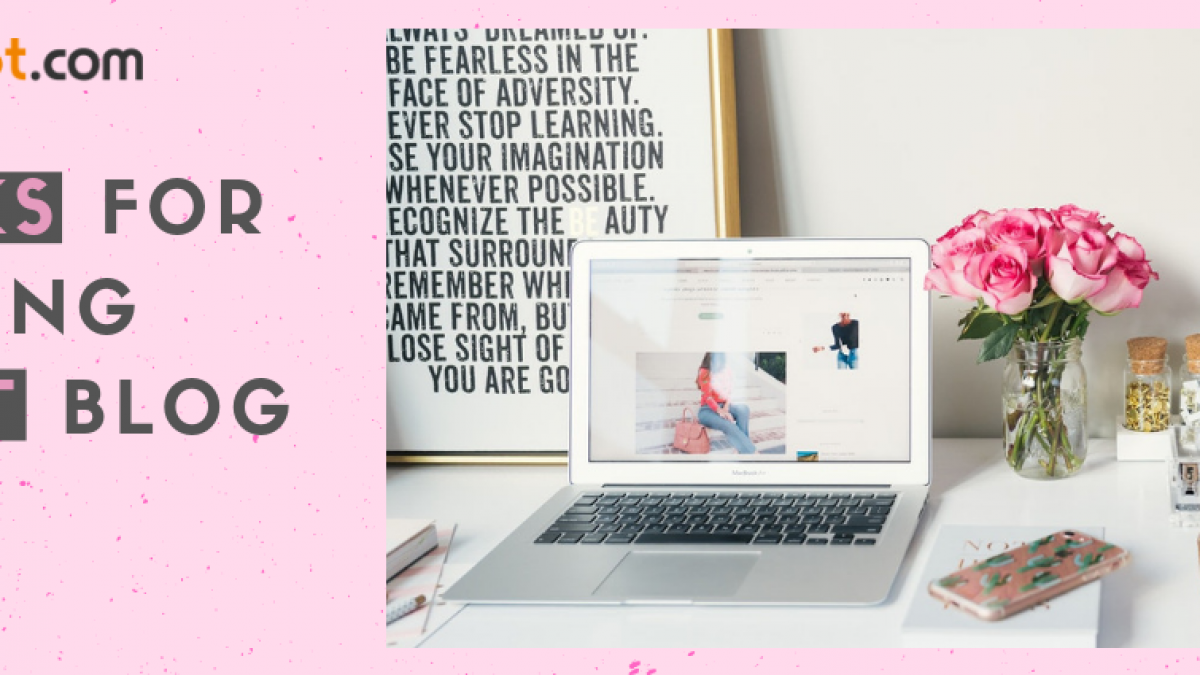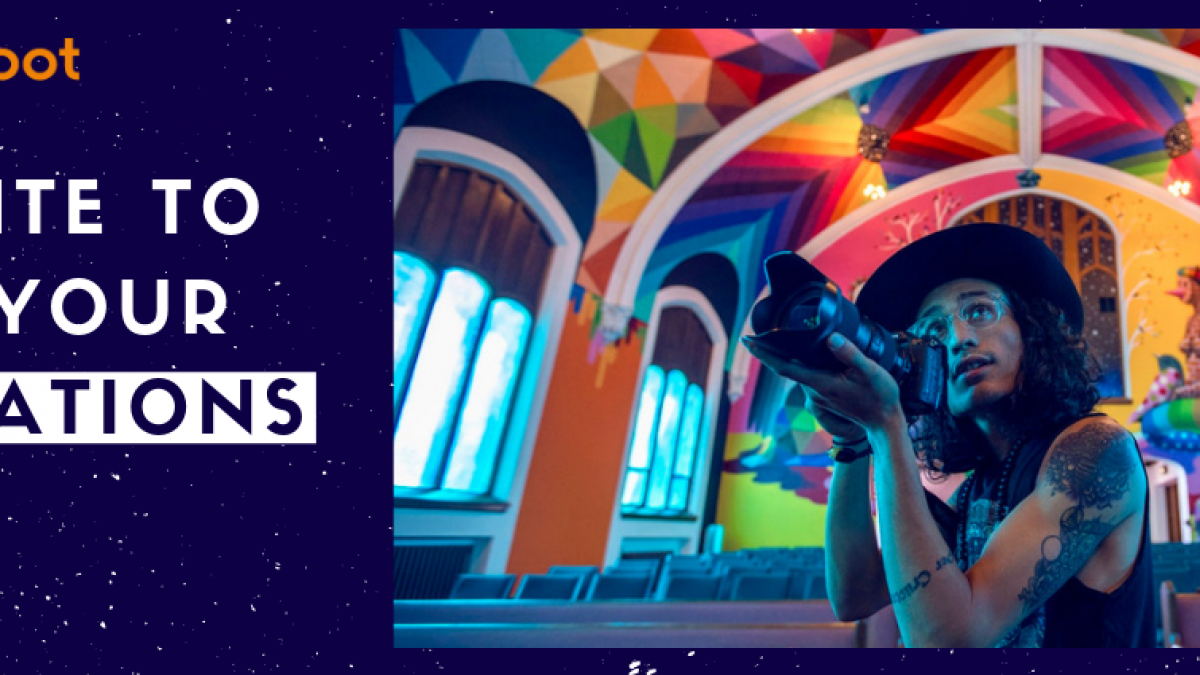Colors as emotions
There is a psychology of colors in marketing: colors convey emotions in the customer's minds and can influence their behaviour. Maybe you have even fallen privy to this marketing strategy, where all the Green products are bio and linked to health, nature, and relaxing. I am sure there are some other color choices that you have noticed on your own. Your website's colors lure a site visitor to stay or push them away. It is easier to understand why most beauty blogs look the same, once you understand that the design and colors effect. Here are the meanings of a few of our colors in marketing:
Yellow, red, orange and pink are warm bright colors, they are eye-catching, full of energy and attractive.
Red is the color of passion: blood, fire.. It has its good and bad sides: it conveys the idea of love, power, courage, adventure, sensuality and sexuality but also of violence, cruelty and anger. It's ideal for call to action because it's very energizing. Careful though, too much of it may seem aggressive or too demanding.
Yellow is the happiest color in the color spectrum and the easiest to see: It's the color of sun! It embodies optimism, cheerfulness and motivates. It's a spontaneous color, often used to sell food, children's product and leisure items. On the other hand it's not recommended to evoke seriousness and stability.
Orange captures the positive sides of both yellow and red. It represents success, warmth, good health and vitality. Random fact : this is the only color that was named after a fruit! The problem with orange is that people either love it or hate it.
Green is the color of nature. It symbolizes fertility, growth, freshness, harmony but also safety. This is why "Yes" often appears green while "No" appears red. The expression “green-washing” exists for this very reason, green is often used to give an environment-friendly image to a product.
Blue is a color that almost everyone likes. Bright blue represents authority, intelligence, reliability and security while light blue means peace, serenity and cleanliness. This is the most used color by companies for their brand identity, and it's quite easy to understand why.
Purple embodies mystery, nobility and creativity. It's not a color we find a lot in nature and it was hard to reproduce for a long time. Dark purple evokes romance, flowers, lightness while dark-purple evokesroyalty, dignity and intellect.
Brown is a color that may not be very appealing but it's a very welcoming color. It's the color of wood and earth. It signifies stability, luxury, quality, tradition, seriousness but also boredom, coffeeshop and chocolate.
Black is not a real color. It depends on the colors you associate with it. It's great for high contrast though! Black means luxury and sophistication but also darkness, mourning and death so don't over-use it and be careful what color you associate with it and how you do it!
White is not a technically a color either. It symbolizes purity, perfection, innocence, freshness, positivity and simplicity. It's good for high contrast and matches every color so it's often used as background on websites. It creates mental clarity, invites you to clean up and to make a fresh start.
But don’t take these psych definitions to heart to closely. The effect on color on the mind is mostly dependent on the personal experience of the user. Moreover, the perception of colors change from a culture to another... So despite all this info, the best thing to do is to choose a color you really like, fit’s you, and most importantly corresponds with your message! Yes indeed, you are free to choose whatever color you want as long as you commit...To do that, we recommend the following:
Choose a palette and stick to it!
All you need is one or two colors base colors and then chose others that correspond! This palette is supposed to reflect the purpose of your website. It's the first thing the user will see, so make sure the message is clear and the colors are not confounded. It's very important to stick to this palette because your brand and your visual identity relies on these colors. It makes you easy to recognise. Here is the most cliché example: if I say “red” you are very likey to think Coca-cola, right? Now guess what color we chose at emyspot ;)
Not all of us are great designers or sell candies but if you chose a palette and stick to it, it's not that hard to make something decent. Lots of websites will help you find the right palette: Pictaculous, Coolors, Color Hunt, Colour Lovers and ColorLisa. The last one is my favorite, it's well done and very nice to visit for some color inspiration! It's actually like a visiting a great museum.
Sticking to a palette makes your website site design consistent and clair. No one will stay on a site with so many colors that it hurts their eyes! If you really like colors you can display a few color touches here and there but keep it simple and light! Which leads us to our last point...
Readability - keep it simple!
When you chose your palette, you should pick a color you like but always keep in mind that this is to be seen and read by other people. There is no perfect set of colors but it has to be r.e.a.d.a.b.l.e ! There are not a billion ways to do it: if you absolutely want to use a very flashy color don't make it your background and use contrast well. Contrast is what allows you to distinguish one color from the other, as you may know. Make it subtle, logical and don't hesitate searching for tint, shades, hues, bright and dark colors until you find the right one!
My final advice would be to go find some inspiration on any websites you like and to have fun creating your website colors! When you find what you like you can test it out at emyspot you can preview the theme before applying it.
This allows you to preview multiple themes and colors without any changes to your actual site. Until you are ready to show the world your colors.


